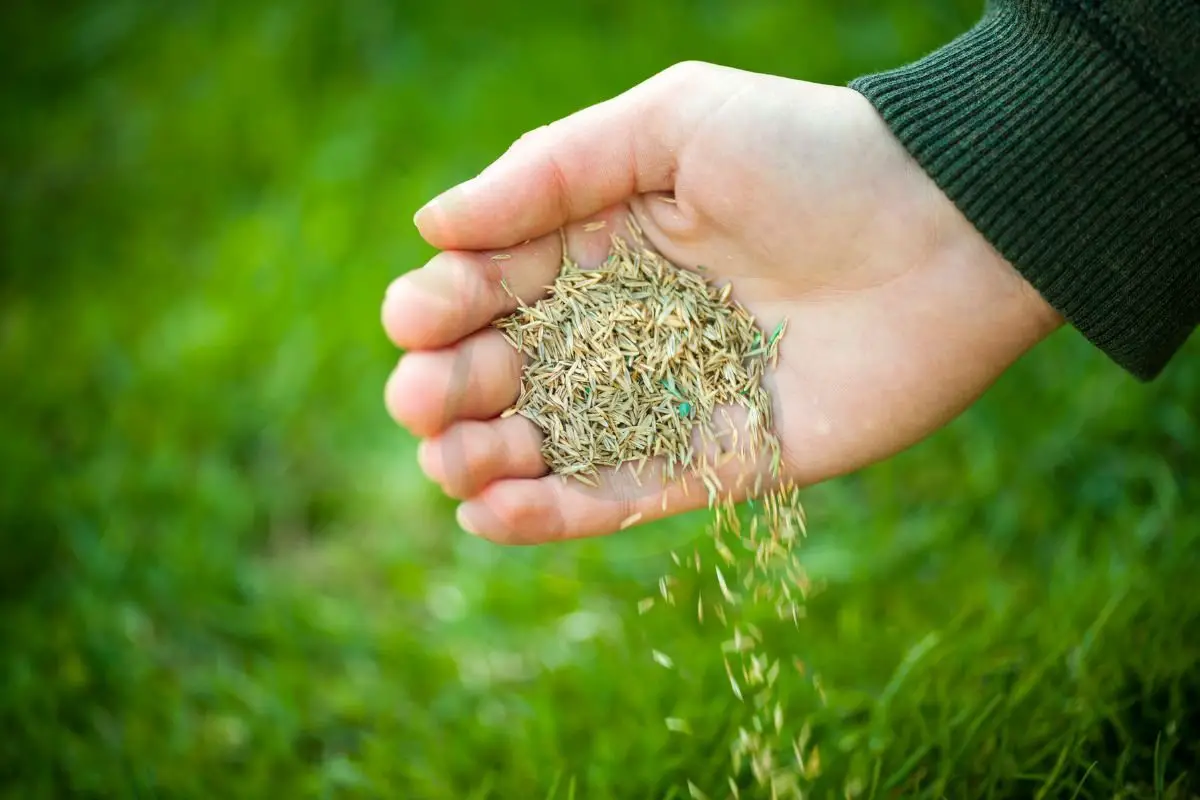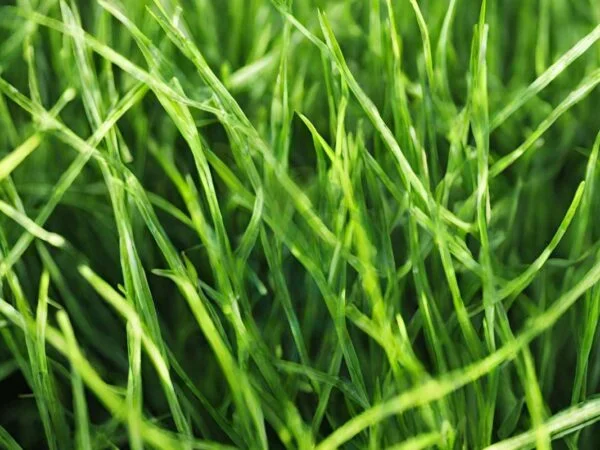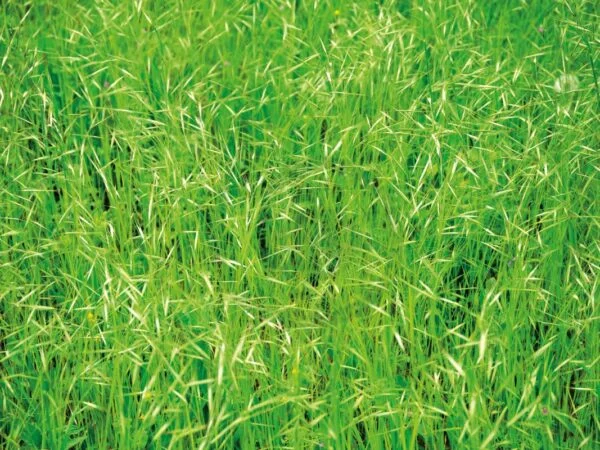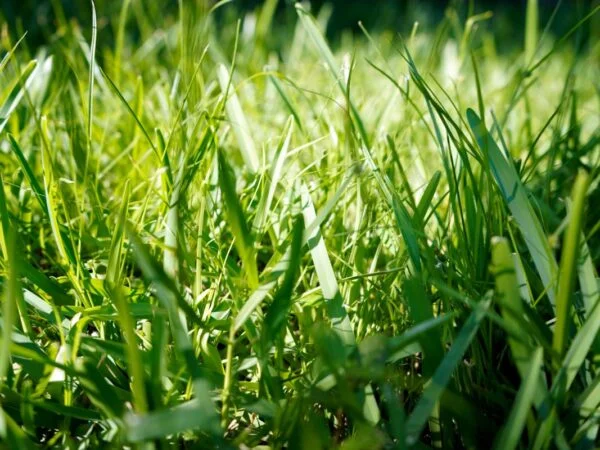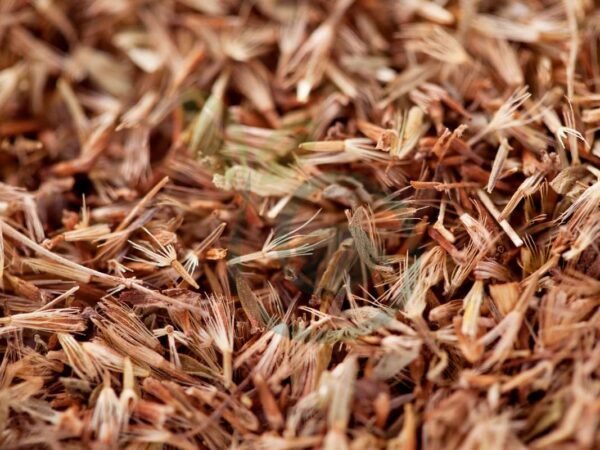Ever wondered if winter is a suitable time to spread grass seed? Curious about how to keep your lawn lush and green even during the colder months? While the idea may seem counterintuitive, there are specific conditions, soils, and techniques that can help your grass thrive when temperatures drop. By understanding the nuances of winter seeding, you can ensure a vibrant lawn come springtime.
Key Takeaways
- Timing Matters: Winter seeding is possible but requires specific timing and considerations for successful growth.
- Seed Selection: Choose cold-tolerant grass seed varieties suitable for winter conditions to ensure optimal results.
- Preparation is Key: Properly prepare the lawn by addressing soil conditions and removing debris to create an ideal environment for seed germination.
- Technique is Crucial: Employ effective sowing techniques like overseeding and proper coverage to enhance germination rates.
- Monitor and Adjust: Regularly monitor germination factors such as moisture levels and adjust care practices accordingly for best outcomes.
- Patience and Persistence: Post-sowing care is essential; remain consistent with watering and maintenance routines to nurture seedlings to maturity.
Winter Seeding Basics
Benefits
Planting grass seed in winter enhances lawn health and appearance, contributing to a lush green landscape. It also helps prevent soil erosion by establishing roots before the spring thaw. Furthermore, winter seeding can increase property value by ensuring a healthy and vibrant lawn year-round.
Challenges
One of the primary challenges of spreading grass seed in winter is the risk of seeds not germinating due to cold temperatures. There is a potential for damage from frost that may hinder seed growth. Moreover, winter seeding faces competition with existing weeds that can impede new grass growth.
Best Practices
To overcome the challenges of winter seeding, it is crucial to select cold-tolerant grass seed varieties that can withstand harsh winter conditions. Waiting for warmer days to sow seeds when temperatures are slightly milder can improve germination rates. Using protective mulch on seeded areas helps retain soil warmth, promoting optimal conditions for seed growth.
Choosing the Right Seed
Perennial Ryegrass
Perennial ryegrass offers quick germination and establishment, making it an ideal choice for those seeking rapid results. This type of grass seed is particularly suitable for high-traffic areas that require a durable and resilient lawn surface. To ensure its growth, perennial ryegrass needs regular watering to thrive and maintain its lush appearance.
Tall Fescue Mix
A tall fescue mix is characterized by its drought-resistant properties, making it a perfect option for regions with limited water availability. This type of grass seed thrives in various soil types, adapting well to different environmental conditions. Tall fescue mix is ideal for shaded areas where other grass species may struggle to grow effectively.
Kentucky Bluegrass
Kentucky bluegrass stands out for its cold-tolerant nature and hardiness during harsh winter conditions. This grass seed variety has the ability to form dense and lush lawns that are visually appealing. However, it's essential to note that Kentucky bluegrass requires consistent watering even in winter to maintain its health and vibrancy.
Preparing the Lawn
Soil Leveling
Leveling the soil before spreading grass seed is crucial for ensuring even distribution and promoting optimal growth conditions. This step helps improve water absorption, allowing moisture to reach the seeds beneath the surface. A leveled soil surface facilitates proper root development by providing an even foundation for the young grass plants to establish themselves.
Aerating
Aerating your lawn in preparation for spreading grass seed offers multiple benefits that contribute to a healthy and thriving lawn. By aerating, you enhance soil oxygen levels, which are essential for robust root growth and overall plant health. Moreover, this process promotes better seed-to-soil contact, increasing the chances of successful germination. Furthermore, aerating helps reduce thatch buildup - a layer of dead organic matter that can hinder water penetration and nutrient absorption by the grass roots.
Removing Weeds
Crabgrass Elimination
When preparing your lawn for winter seeding or any other time of year, it's vital to eliminate weeds like crabgrass. This invasive weed competes with new grass seedlings for nutrients and space, hindering their growth potential. To prevent crabgrass from overtaking your lawn, consider using pre-emergent herbicides in early spring as a proactive measure. Regular monitoring throughout the growing season is also essential; promptly remove any crabgrass that appears to maintain a healthy turf.
Sowing Techniques
Bare Spot Repair
Identify underlying causes of bare spots to prevent future occurrences. Loosen soil to promote seed-to-soil contact, aiding in germination. Apply starter fertilizer to provide essential nutrients for quicker growth.
Overseeding
Increase lawn density by overseeding regularly, promoting a lush and healthy turf. This technique helps fill thin or patchy areas, enhancing the overall appearance of your lawn. Utilize a spreader for even seed distribution, ensuring uniform coverage across the entire area.
Sod Installation
Opt for sod installation for an instant transformation of your lawn with immediate results. This method provides quick and reliable coverage, perfect for those seeking an instant green space. Remember to water newly installed sod adequately post-installation to establish strong roots.
Germination Factors
Temperature Influence
Low temperatures can delay germination, affecting the growth process of grass seeds during winter months. The optimal soil temperature for seed growth typically ranges between 50-65 degrees Fahrenheit. Ensure to monitor weather forecasts for favorable conditions to support successful germination.
Moisture Levels
Maintaining consistent soil moisture is crucial when spreading grass seed in winter. Avoid overwatering as it can lead to seed rot, hampering the germination process. Adjust watering frequency based on weather conditions to provide adequate moisture without drowning the seeds.
Soil Contact
Ensuring proper soil contact is essential for the successful germination of grass seeds in winter. It not only improves nutrient absorption but also prevents seed washout due to rain or snow. By pressing the seeds gently into the soil after spreading them, you enhance their chances of establishing strong roots.
Post-Sowing Care
Watering Needs
Grass seed in winter requires regular but light watering to keep the soil moist for germination. Deep watering is essential for root development, ensuring strong and healthy grass growth. It's crucial to adjust the watering schedule based on fluctuations in winter weather conditions.
Avoiding Early Mowing
To allow grass seedlings to establish, it's important to avoid early mowing. Premature mowing can cause stress on young seedlings, hindering their growth potential. Following recommended mowing heights helps maintain a healthy lawn post-seeding.
Ideal Cutting Height
The ideal cutting height of grass varies depending on the grass type being cultivated. During winter, it's advisable to maintain a slightly taller grass length to provide protection against cold temperatures and frost damage. Remember not to cut more than one-third of the grass blade at a time for optimal growth.
Common Issues Solved
Lawn Patchiness
Patchy areas in your lawn can be caused by various factors such as poor soil quality, inadequate watering, or lack of sunlight. Identifying the root cause is crucial for effective treatment. Reseeding or overseeding these patchy areas with fresh grass seed can help fill in the gaps and promote a lush, even lawn. Remember to monitor these areas regularly for any signs of pests or diseases that could further damage your lawn.
Wet Grass Problems
Walking on wet grass can lead to soil compaction, which hinders grass growth and overall lawn health. It's essential to avoid walking on wet grass to prevent this issue. It's advisable to delay seeding until the soil dries out to avoid any potential problems associated with wet conditions. By taking these precautions, you can ensure optimal conditions for healthy grass growth and a vibrant lawn.
Zoysia Grass Growth
Zoysia grass has a reputation for its slow germination rate compared to other types of grass seeds. However, once established, Zoysia grass thrives in warm climates and requires minimal maintenance. This type of grass is known for its drought tolerance and ability to withstand heavy foot traffic, making it an excellent choice for lawns that experience high use.
Advanced Tips
Indoor Seed Starting
Start seeds indoors for early growth. Use seed trays or pots for controlled environment. Transition seedlings gradually to outdoor conditions.
Lawn Striping
Achieve professional-looking patterns. Enhances curb appeal. Requires a lawn striper attachment for mowing.
Seasonal Adjustments
Adapt lawn care practices to winter conditions. Modify watering and mowing schedules. Protect grass from frost and snow.
Success Monitoring
Germination Tracking
Monitoring seedling emergence is crucial to ensure successful grass seed growth. Keep a close eye on the soil to notice any early signs of germination. By doing so, you can promptly address any issues that may arise during this critical stage.
Keep track of germination rates by counting the number of seeds that have successfully sprouted. This information helps you gauge the effectiveness of your seeding process and allows you to make informed decisions about further care requirements.
Adjust care based on germination progress to optimize seedling growth. If you notice slow or uneven germination, consider adjusting watering schedules or providing additional nutrients to support healthy development.
Growth Progression
Observing seedling growth stages is essential for monitoring the overall health and progress of your newly seeded lawn. Take note of key milestones such as the appearance of true leaves and the formation of a dense grass cover.
Note changes in color and thickness as your grass seedlings grow. Vibrant green coloration and thickening blades indicate healthy growth, while yellowing or sparse patches may signal underlying issues that need attention.
Measure growth rate for healthy development by tracking how quickly your grass seedlings are establishing themselves. A steady growth rate indicates favorable growing conditions, while stagnant growth may point towards environmental challenges that require intervention.
Adjustments Needed
Evaluate lawn condition periodically to identify areas that may require adjustments for optimal growth. Look out for signs of stress such as wilting or discoloration, which could indicate insufficient water or nutrient levels.
Make necessary changes based on growth observations, such as adjusting watering frequency, applying fertilizer, or addressing pest infestations promptly. These proactive measures can help maintain a thriving lawn throughout its establishment phase.
Seek professional advice for persistent issues that do not improve despite your best efforts. Lawn care experts can provide valuable insights and tailored solutions to address specific challenges unique to your grass seed planting project.
Final Remarks
You now have all the tools to successfully spread grass seed in the winter. Remember, choosing the right seed, preparing your lawn correctly, using proper sowing techniques, and monitoring the germination process are key steps. By following our advice on post-sowing care, common issues, and advanced tips, you'll ensure a lush lawn come spring.
Now it's your turn to take action. Get out there and start seeding! Your efforts today will pay off in a few months with a beautiful, healthy lawn. Don't hesitate – winter is the perfect time to give your grass a head start. Good luck!
Frequently Asked Questions
Can I spread grass seed in the winter?
Yes, you can spread grass seed in the winter. Opt for cold-tolerant seeds and aim to sow them before the ground freezes. Winter seeding allows for early establishment when spring arrives.
What are some common issues that can arise during winter seeding?
Common issues during winter seeding include bird damage, uneven germination due to temperature fluctuations, and poor soil preparation. Address these by using protective measures, monitoring temperatures closely, and ensuring proper soil conditioning.
How should I prepare my lawn for winter seeding?
Prepare your lawn by removing debris, aerating compacted soil, testing pH levels, and adding necessary nutrients. Ensure good seed-to-soil contact by raking gently after sowing. Water lightly to avoid runoff and aid germination.
What factors affect the germination of grass seeds in winter?
Germination factors in winter include temperature fluctuations, moisture levels, seed quality, soil condition, and sunlight exposure. Monitor these variables closely to ensure successful germination during the colder months.
What post-sowing care is essential after spreading grass seed in the winter?
After sowing grass seed in winter, provide light watering as needed without causing waterlogging. Monitor growth progress regularly and protect new sprouts from harsh weather conditions or pests. Adjust care routines based on emerging needs for optimal results.
Image Source: Paid image from CANVA

